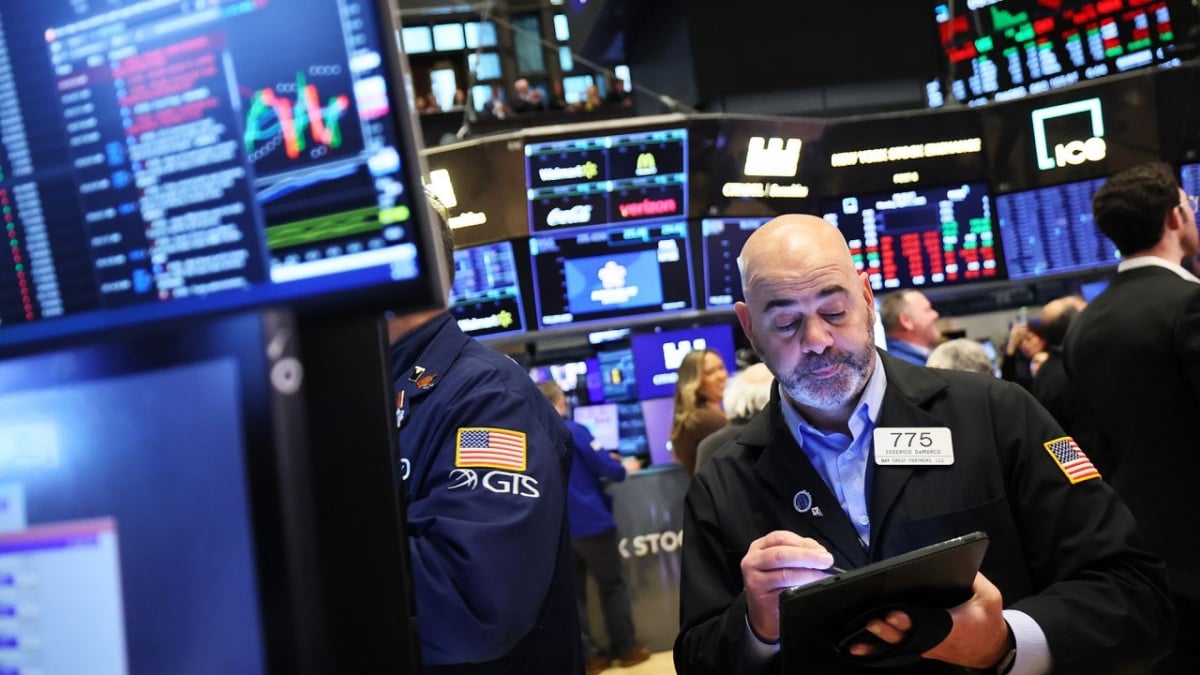 |
| Tech stocks push Nasdaq and S&P 500 higher |
The S&P 500 closed up about 0.2%, nearing the record high it set last week, though most of its components still lost points. The Nasdaq rose about 0.5%, led by technology stocks. The Dow Jones, on the other hand, fell about 226 points (0.5%) due to the impact of the health care industry and large non-technology stocks.
AI leads the market
One of the clear highlights of the session was tech and AI-related deals. Amazon announced a $38 billion deal with OpenAI, which will use Amazon’s cloud computing service (AWS) to run and expand its AI workloads. Amazon shares rose about 4% during the session, providing a strong boost to the S&P 500 overall.
On the purely tech side, Nvidia Corporation (NVDA) also rose about 2.2% during the session, bringing its year-to-date gain to more than 54%, continuing to be the main “pull” force helping the tech index and the S&P 500 maintain green.
However, not all markets agreed: the healthcare sector recorded sharp declines, with two “big players”: UnitedHealth Group (down 2.3%) and Merck & Co. (down 4.1%) pulling the Dow somewhat into negative territory.
Additionally, M&A deals also stood out as Kimberly-Clark Corporation shares plunged 14.6% after announcing their intention to acquire Kenvue ($48.7 billion). Kenvue, on the other hand, rose 12.3%. This shows a strong market reaction to big news, but also warns of a sharp divergence between leading stocks and the rest.
While the major indexes ended the session in the green, the macro backdrop remains questionable. Official economic data in the US remains scarce due to the shutdown of much of the government, leaving the Fed’s path forward “murky”.
Fed officials have sent mixed signals: on the one hand, Governor Stephen Miran remains “open” to further rate cuts; on the other hand, Chicago Fed President Austan Goolsbee said he does not support further rate cuts while inflation remains above the 2% target. Newly released ADP employment data and purchasing managers’ index (PMI) show that the US manufacturing sector is still grappling with uncertainty from tariffs and supply chain disruptions.
The lack of major economic “nails” and inconsistent statements from the Fed have investors wondering: will the Fed cut interest rates later this year or will it wait for more evidence of cooling inflation and weakening employment? The answer remains very vague.
Trading performance & market picture
Trading volume across the US exchanges was about 19.62 billion shares, lower than the 20-day average (21.11 billion), showing that participation was not too strong. On the NYSE, the number of stocks falling outnumbered the number of stocks rising at a ratio of 1.34:1; on Nasdaq, this ratio was 1.6:1.
Meanwhile, the S&P 500 recorded 16 new 52-week highs and 32 new lows; the Nasdaq recorded 74 new highs and 181 new lows, indicating that, despite strong leading stocks, the broader market trend was not yet in agreement.
In particular, the third-quarter earnings season is underway: about 83% of S&P 500 companies have beaten forecasts, with more than two-thirds of companies reporting earnings growth across the index of 11% year-over-year.
From the perspective of financial reporters, the session on November 3rd is considered a “moderate end”: the major indices did not break out strongly, but did not sink too much, mainly thanks to the support from the technology and AI groups. However, the market is entering a more selective stock phase than ever, investors cannot “embrace” the leading group and ignore the fundamental risks.
Noteworthy: - First, the technology/AI stocks group is playing a key role in the market trend, but the market breadth is still narrow – if the index increases mainly due to a few large stocks, the risk will be greater when the trend reverses. - Second, the macro backdrop is not bright enough: lack of strong economic data, ambiguous Fed monetary policy – all make the timing of “if interest rates cut” or “if rates remain unchanged” are being questioned. - Third, while profit growth is considered good but stock valuations, especially in the AI/technology group, are becoming very expensive – there are many opinions warning about a dot-com-style growth bubble. - Finally, large corporate deals like Amazon-OpenAI or Kimberly-Clark/Kenvue can provide a short-term boost but also create more fragmentation and market risk – investors need to consider both the actual business results and the sustainability of the growth story. |
The November 3 trading session was a clear example of the “technology-led” situation while the foundation is still weak. The S&P 500 and Nasdaq ended higher on the strength of the Amazon-OpenAI deal and the AI group, but the Fed’s path forward is increasingly gloomy, monetary policy is unclear, economic data is weak and market valuations are already high. This puts investors in a more selective position, should not fall asleep to the “AI is everything” story but need to carefully evaluate the growth chain, valuation and foundation risks.
Source: https://thoibaonganhang.vn/chung-khoan-my-chia-dong-172995.html


![[Photo] The road connecting Dong Nai with Ho Chi Minh City is still unfinished after 5 years of construction.](https://vphoto.vietnam.vn/thumb/1200x675/vietnam/resource/IMAGE/2025/11/04/1762241675985_ndo_br_dji-20251104104418-0635-d-resize-1295-jpg.webp)

![[Photo] Panorama of the Patriotic Emulation Congress of Nhan Dan Newspaper for the period 2025-2030](https://vphoto.vietnam.vn/thumb/1200x675/vietnam/resource/IMAGE/2025/11/04/1762252775462_ndo_br_dhthiduayeuncbaond-6125-jpg.webp)


![[Photo] Opening of the 14th Conference of the 13th Party Central Committee](https://vphoto.vietnam.vn/thumb/1200x675/vietnam/resource/IMAGE/2025/11/05/1762310995216_a5-bnd-5742-5255-jpg.webp)

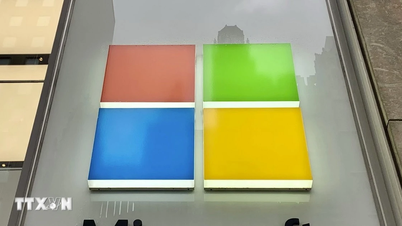



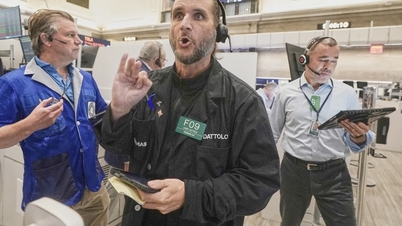


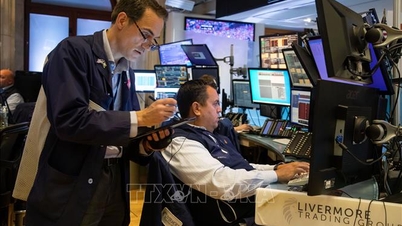



















































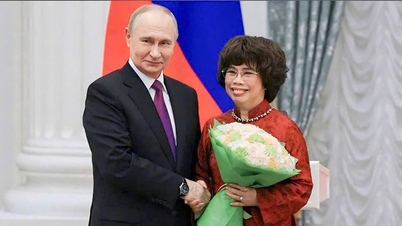




































Comment (0)